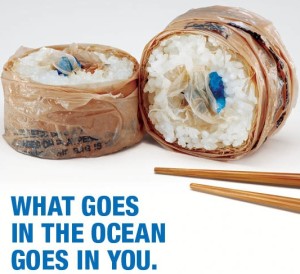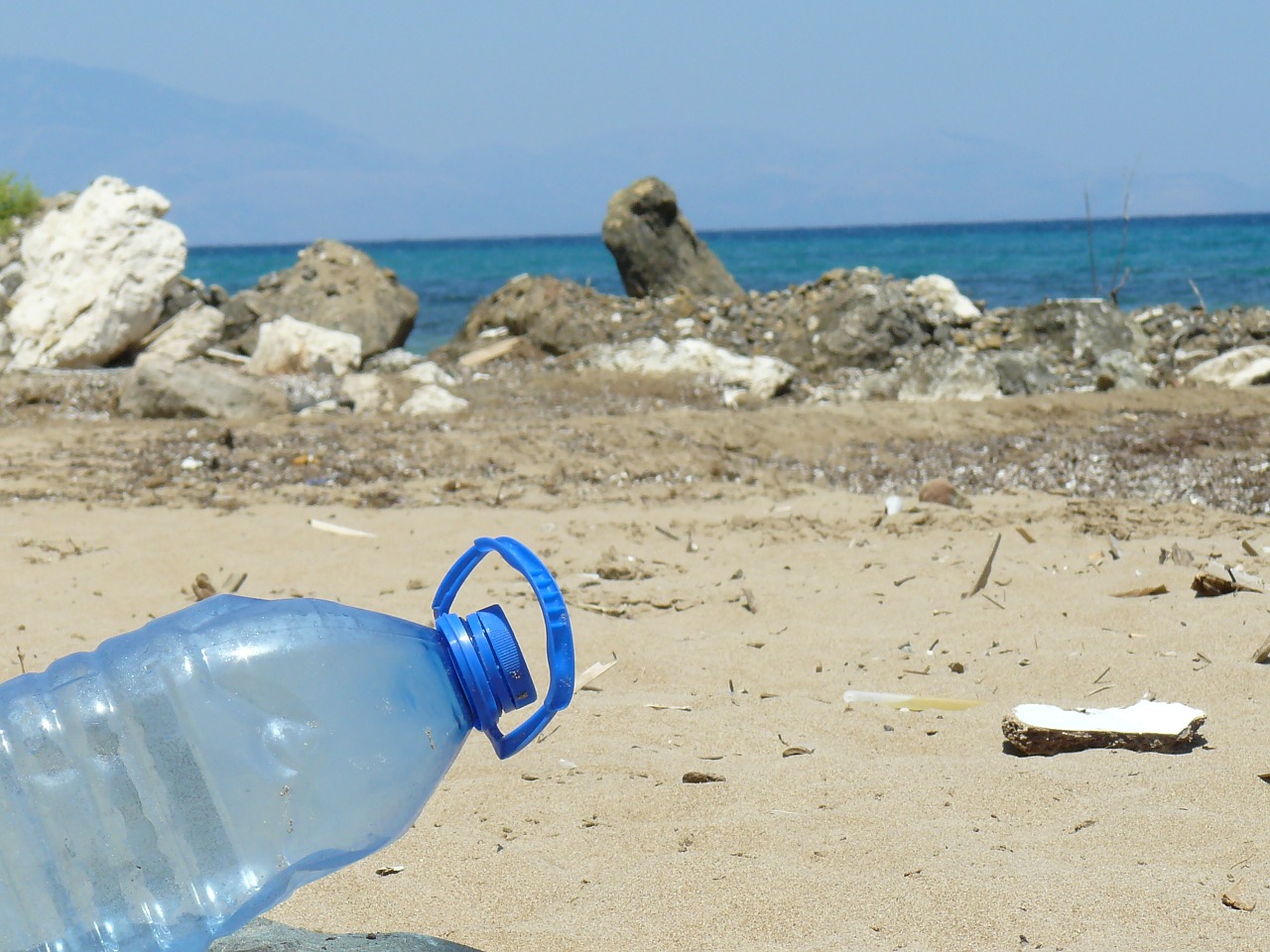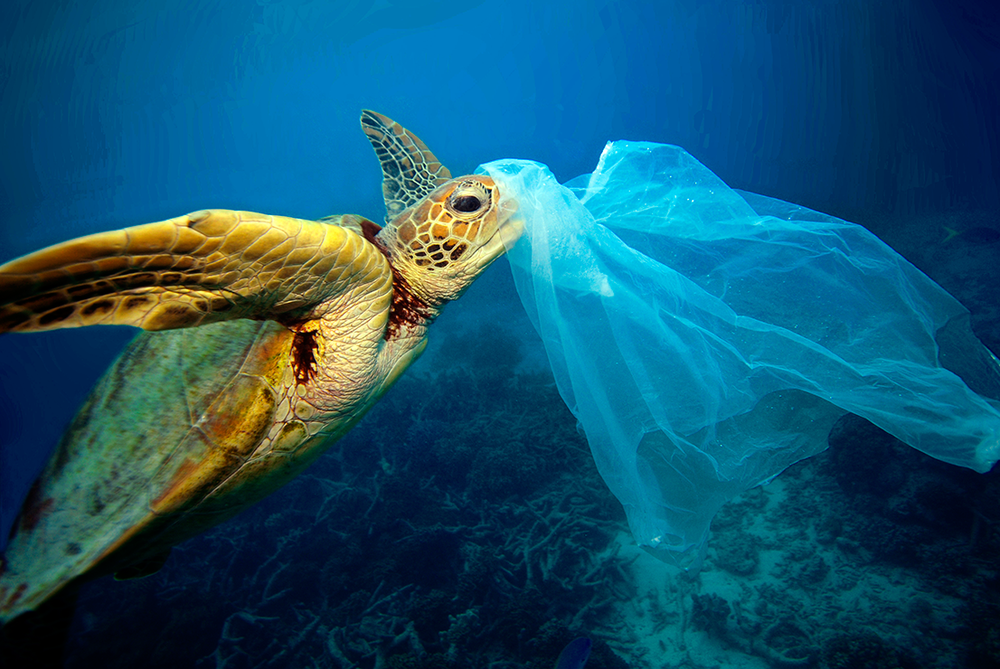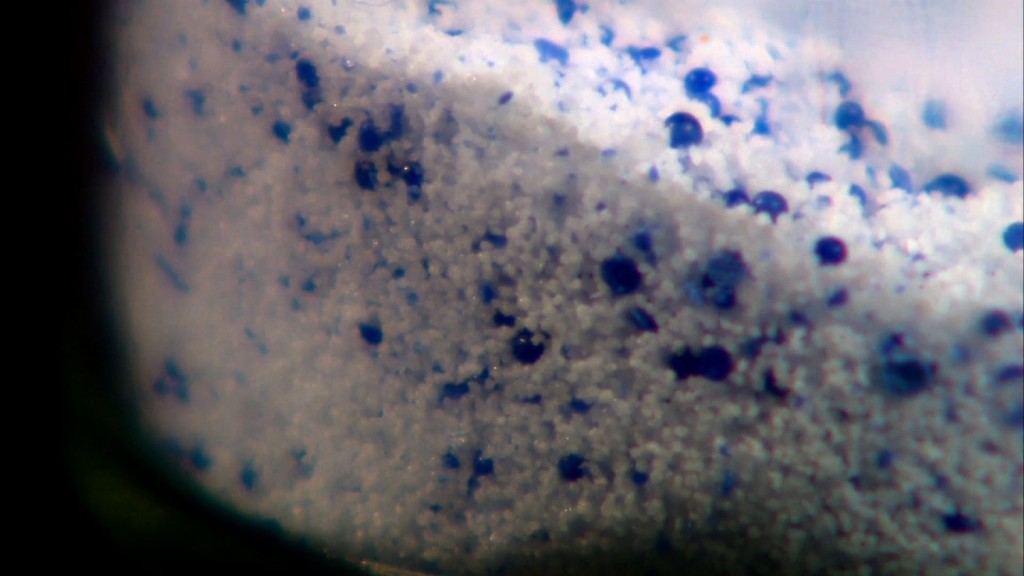71% of our planet’s surface is covered in water. Oceans, lakes, rivers, ice caps, glaciers… It is essential to our existence, yet along with our forests, we are progressively – but faster than you think – destroying it. Our sources of survival, and we are the ones ruining them, depriving ourselves.
It isn’t your problem? Think again.
You may not use plastic bags, all your Tupperware is BPA free, and you always, ALWAYS recycle. You have no impact on the ocean’s pollution, and it has no impact on you. Wrong.One cannot simply be impartial to something as vital as the Earth’s waterways. We all play a role in the cycle of life, and we can all play the ‘good guy’. All it takes is knowledge and understanding.
Countries and supermarkets that have banned or started charging for plastic bags is a great start, we should all be aware of the evil doings of the plastic carrier bag. If you are unsure how they are affecting the environment, here are some quick stats:
- A plastic bag gets used, on average, for a mere 12 minutes
- Plastic bags are in the top 12 items most commonly found on coastal clean-ups
- On average, we only recycle one in every 200 plastic bags we use
You can read more, here.
If that means nothing to you, try this:
In nature, it is almost impossible for turtles (and other animals – not just marine creatures) to differentiate between these carrier bags and their food source, notable jellyfish for turtles.
There are elements that contribute to the plastic pollution that we are well aware of. This is great; awareness leads to prevention, which in turn produces results. However there are factors that are much less known, yet as harmful to the world that surrounds us.
I am talking about microbeads; minuscule balls of plastic used in countless products, distributed worldwide daily. They are used in cosmetics and personal care products of all kinds: scrubs, lotions, soap, shower gel, even toothpaste! They are commonly added as an exfoliating agent, as a binding component to provide smoothness and a silky texture, or to aid ‘spreadability’. In certain products, coloured microbeads are added for no other reason than for aesthetic appeal. You may not even know you are using them as they are so tiny, generally ranging in size from 10 micrometres to 1mm (but in cases up to 5mm in diameter).
So how are these ‘microbeads’ affecting the environment?
These little spheres are effectively tiny pieces of plastic. They are designed to wash easily away down the drain – out of sight, out of mind, right? They are then so small that they pass through the filtration system in the water treatment plants, washing out into our waterways. Microbeads, despite their size, make up a large portion of the infamous Plastic Soup. They absorb pollutants such as pesticides, oil, industrial chemicals etc… meaning that a single microbead can be more toxic than the water around it. This pollution then moves up the food chain when toxic-coated microbeads are consumed by fish and other marine life. Often, these fish will then enter our food chain which results in us consuming the plastic particles and the toxins. We don’t want to eat plastic, well neither do these animals!
they pass through the filtration system in the water treatment plants, washing out into our waterways. Microbeads, despite their size, make up a large portion of the infamous Plastic Soup. They absorb pollutants such as pesticides, oil, industrial chemicals etc… meaning that a single microbead can be more toxic than the water around it. This pollution then moves up the food chain when toxic-coated microbeads are consumed by fish and other marine life. Often, these fish will then enter our food chain which results in us consuming the plastic particles and the toxins. We don’t want to eat plastic, well neither do these animals!
How can you avoid using microbeads?
One of the biggest issues with microbeads is identifying them in the first place. You may not wish to be using them, but they might be sneaking into your products unnoticed. We simply do not always know what we are looking for. If that face scrub or moisturiser you are about to buy lists its ingredients, then take a peek down the list. If you see polyethylene (PE), polypropylene (PP), polyethylene terephthalate, or polymethyl methacrylate then pop it back on the shelf. More and more brands are being pushed (more or less willingly) into using natural exfoliants, of which there are a multitude. These include coconut husks, apricot shells, pumice… look out for products using these as an eco-friendly alternative! Several countries have already signed bills to ban or in the very least phase out microbeads entirely. By switching to a bio-degradable alternative, you are helping protect our oceans and waterways. To help you identify the good brands and products from the bad, visit the Beat the Microbead website.
What else can you do to help?
Sometimes the smallest actions mean the most. These days, too many people take the ‘I’m just one person, I can’t change anything’ approach. The truth is, if we change that mentality and all play a small part, we can make big changes.
Here are some simple steps you can take to help reduce plastic pollution:
- Substitute plastic carrier bags for reusable ones
- Carry a reusable water canteen and coffee cup – skip takeout coffee cups by providing your own
- Say no to straws!
- Avoid disposable plastic cutlery
- Use BPA free, reusable containers to store your leftovers
- Recycle and compost as much as you can
As divers, we are more aware of the underwater world and what is going on beneath the waves. We need to become ambassadors for the oceans!
Tell us how you help reduce plastic pollution. What steps do you think we should all be taking to stop the plastic panic!


